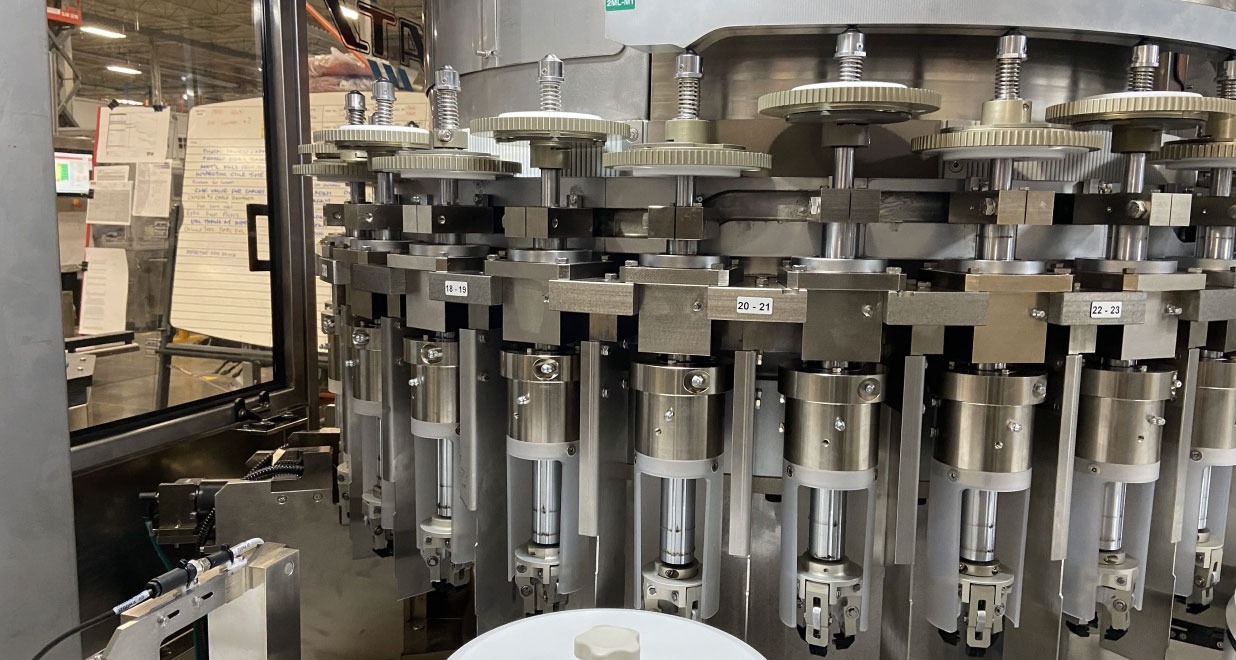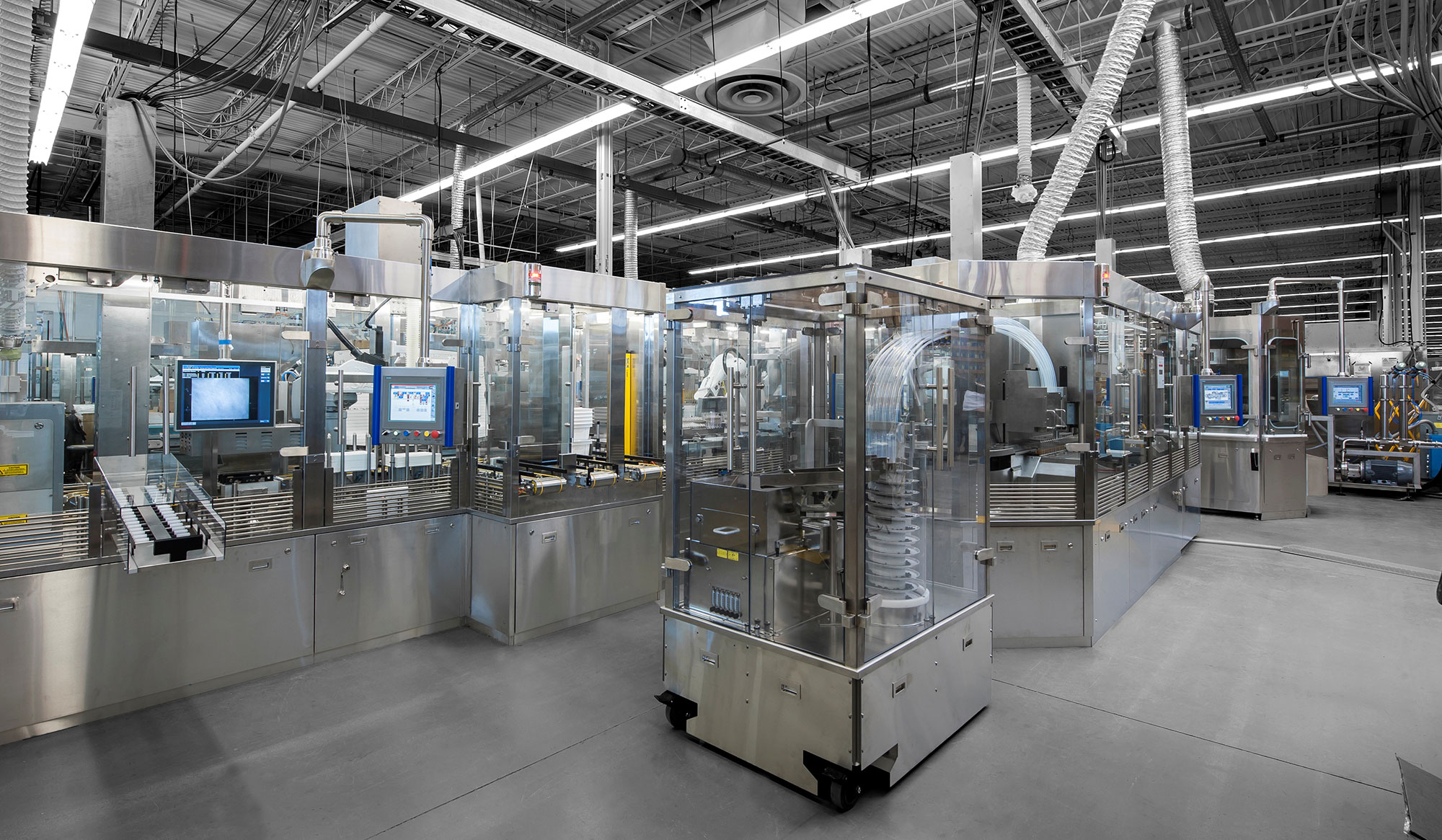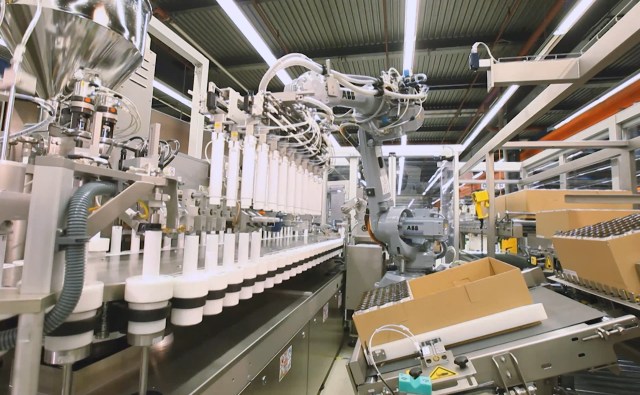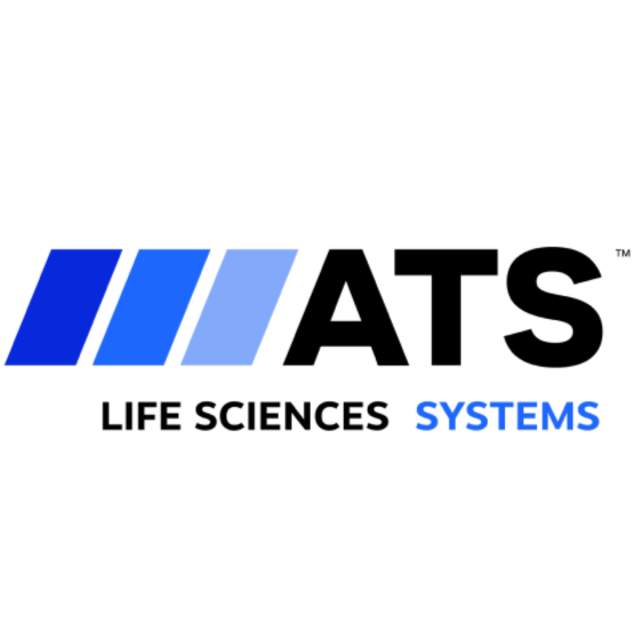Few industries have quality requirements as strict as those of pharma manufacturing; every part of the process must be tightly controlled. The pharma industry faces multiple challenges, with failures in product, quality, or supply chain leading the way. With expectations that drugs will be produced faster and more cheaply, how can a manufacturer be prepared for what’s on the horizon?
Be Ready for Disruption
Technological disruption is now the norm, and the pharma industry has to embrace new technologies, patient design, and innovations. Automation, 3D printing, robotics, and digital health must be accounted for today, not as a plan for the future.

The cost to modernize is high. Next-generation facilities need to be adept at facing the risks and uncertainties that can impact their production capabilities. Before embarking on a full-scale refit or rebuild, simulation can offer insight without disruption to production. Feeling confident about your capital investments begins with thorough evaluation and planning.
Reviewing key stakeholder requirements, challenging assumptions, identifying possible courses of action, and evolving a business investment strategy sets you on the road to being the best in class.
An organizational pre-automation analysis of competencies, opportunities and risks resulting in a business case means you’ve done the work upfront and are ready for what’s next.
Process-Centered Approach
When the entire operation is viewed as an interrelated process rather than as discrete tasks, you’ll see the difference in consistency and predictable results. ISO prefers a process-based method supporting continuous improvement, predictable results, and efficient performance. You build quality into the entire process.
Shifting the responsibility for the entire product life cycle in-house versus relying on partnerships for some tasks means developing clear SOPs for every task and responsibility in the organization. The result is transparency throughout the product lifecycle and clear guidance for supply chain partners to adopt a risk-based approach to quality management.
Maximize Productivity & Investment Value
Improve the life and uptime of machinery as another way to increase efficiency by optimizing your capital asset and floor space. Changes to your production schedule, product mix, or product demand can result in production delays, long retooling time, and underutilized equipment.

Equipment breakdowns or replacements affect the bottom line both to purchasing or repairing equipment and to lost production time. Equipment underperformance means lost potential because of slow machines.
Investing in high-quality equipment along with a predictive maintenance program can help avoid these issues. This kind of forecasting determines the optimal frequencies and times to conduct maintenance and highlights signs of future failures, which can result in downtime and high repair costs.
Reduce Your Footprint
In all areas of production and storage, optimal environmental conditions are fundamental for production. Without a highly responsive plant, process control and operations can be disrupted in multiple ways.
Compact, lean, high-speed and efficient equipment maximizes factory space productivity, meaning more output per square meter of floor space – a critical advantage for cleanroom production.
All pharma manufacturers must comply with good manufacturing practices (GMP) to ensure consistent production and quality standards. High-quality conditions in the facility and machinery lead to high-quality standards, regulatory compliance and timely approvals.
Consider Responsive Operations
A modular system is built for versatility, accommodating new products by virtue of rapidly deployed change tooling or reconfiguring the modules. Multi-product versatility allows quick changeover from Product A to Product B (or C or D) in the absence of demand for Product A. This kind of adaptability maintains high utilization and maximum TEEP (Total Effective Equipment Performance).
Slow response times to critical issues can have a huge knock-on effect to production. If a system restores slowly, its impact extends beyond the initial incident. Automated manufacturing reduces the need for manual intervention.
Highly customized systems can introduce complexity but also variability. Where companies need to react quickly standard assets configured with product-specific touch tooling can be rapidly deployed, easily reconfigured, and manage variants with quick, economical changeover. Productivity is maximized, risk minimized.
Ready for your next life sciences opportunity? Contact us to get started! lifesciences@atsautomation.com













 Contact Us
Contact Us  Subscribe
Subscribe  LinkedIn
LinkedIn  Youtube
Youtube